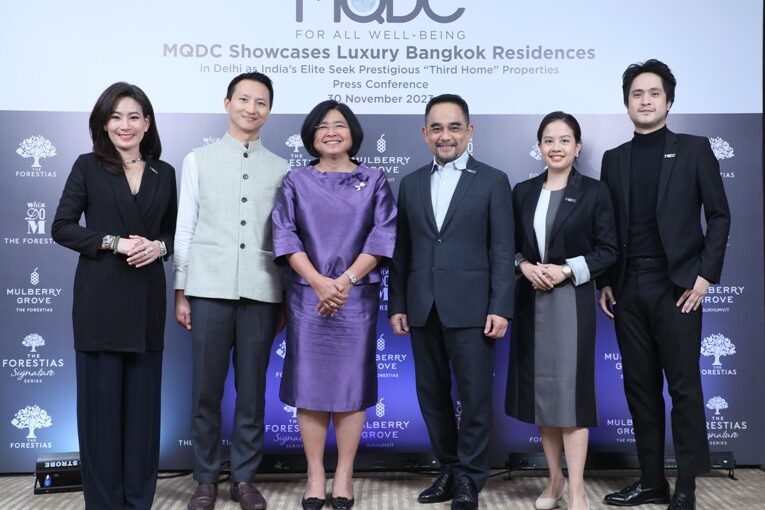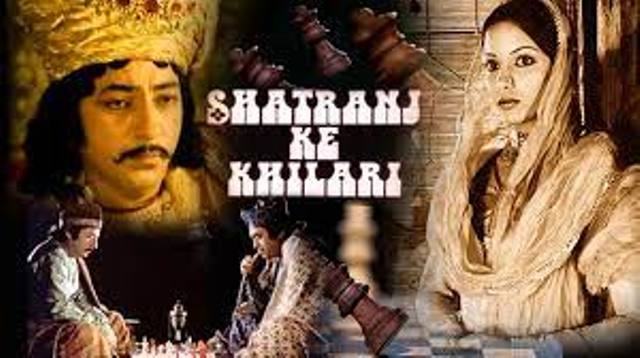
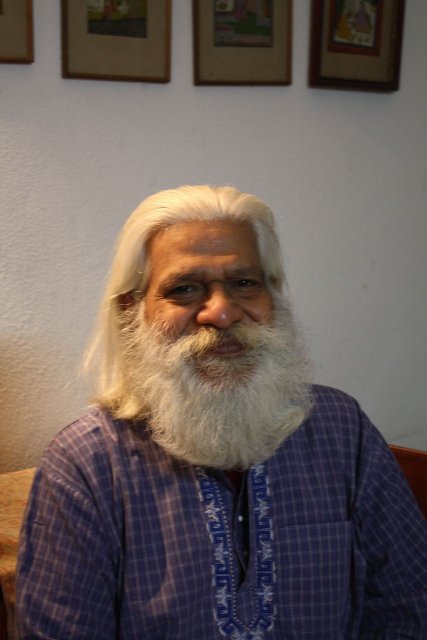
Suresh Jindal, the producer of the 1977 film “Shatranj Ke Khilari” (The Chess Players) directed by legendary Satyajit Ray, speaks to Business Views Editor G. Kalyan Kumar on his experiences of making the movie and working with Ray. This year India is celebrating late Ray’s centenary.
Jindal also shares his thoughts on the other movies he made. The electronics engineer forayed into films with the offbeat film Rajnigandha (1974). The other movies by Jindal include Richard Attenborough’s Oscar-winning movie Gandhi (1982) where he was an associate producer and Katha (1983) directed by Sai Paranjpye. Jindal was the executive producer of the 1999 movie Nauker Ki Kameez directed by Mani Kaul.
Excerpts…
The IIC exhibition The King’s Gambit was a wonderful experience. What made you preserve the costumes and other material from Shatranj Ke Khiladi as memorabilia despite the moderate success of the film?
I would call it my sense of history and a tribute to the craftsmen and women who made them. It is saddening that all that will soon pass without their descendants not learning the precious craft as they are after government jobs. We have failed to support them.
For example, a master craftsman in Agra laboured three months to do the embroidery on Wajid Ali Shah’s green robe. The shararas worn by Shabana Azmi in the film were stitched by poet Ali Sardar Jafri’s sisters. The priceless heirloom shawls of the royals were loaned by the Thakur families of Calcutta.
In your view how far do the costumes and accessories supplement the narrative of the film?
In the period reconstruction of a historical film, the sets, props and costumes give a glimpse into the era where the story is set.
Is there any parallel in world cinema where costumes of a movie stand out and overwhelmed the audience?
All period films would have the costumes of the period in which they are set. Two recent examples are Padmaavat and BajiRao Mastani.
How would you describe the experience of working with a legend like Satyajit Ray? The question is important as you have written a book “My Adventures with Satyajit Ray, The Making of Shatranj Ke Khilari”
Satyajit Ray was a giant of a man yet very humble and open to suggestions. He had child-like curiosity and inquisitiveness when it came to learning anything new. Ray’s massive research on the film’s background, meticulous care in the selection of costumes, props, cast and crew are expressions of his genius.
Ray travelled a lot as part of the research on the costumes that could resurrect the life and times of the characters.
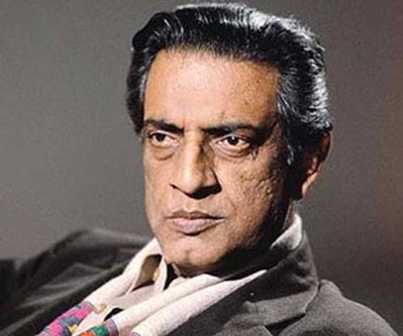
Why are you passionate about art films?
I grew up in Delhi and my family roots extend to Punjab. In the 1960s I was in the US studying electronics engineering at the University of California, Los Angeles (UCLA).
There I had the chance of exposure to the world’s best art-house cinema via my friends in UCLA film school. That kindled my interest in art-house movies. I had the fortune to see a good number of movies in that genre from masters like Fellinis, Kurosawas and Bergmans, and Satyajit Ray’s Jalsaghar also was also on that list.
What was the takeaway from your international production Gandhi?
A film of this scale and popularity get made once in a century.
What was the trigger in foraying into making a Hindi film with Basu Chatterjee that opened an all too new genre with films like Chotti Si Bath, Chit Chor etc?
The reviews about Basu Chatterjee’s Piya ka Ghar in the early 1970s aroused my curiosity and I wanted to meet Basu da.
When we met in Mumbai, he showed me Treatments of three films that he was keen to direct. I chose the script based on Manu Bhandari''s story “Yeh Such Hai.”
Basu interrupted me to caution that two producers had already given the signing amount and never heard from them. Perhaps the story smacked of low audience interest in which a middle-class girl already engaged feels attracted to another man.
But I stood firm and found the character unique with streaks of a “liberating aspect” despite pulls from a conservative society. Rajnigandha made history with its box office success, many awards including the Film Fare award.
Mukesh won the national award for the best playback singer for the song “Kai Baar Yuheen Dekha hai.” Lata Mangeshkar’s song “Rajni Gandha Phool thumare” was also a huge hit.
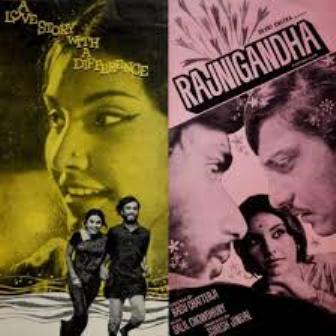
Rajnigandha had Amol Palekar and Vidya Sinha in the lead, but what has shrunk the space for such films in today’s market?
There are no art house cinemas now. The seven majors who control the box office business want only the masala films to keep their bottom lines rising. They monopolise 100 per cent screen time. A change is visible. The taste for art-house movies may happen again. Audience tastes run in cycles. Also now OTT platforms are providing an alternate space.
Finally, what is your message to potential aspirant filmmakers?
If you want to make an Art House Indie film, make it so obsessively that you will die if you don’t do it. KING’s Gambit Pays Tribute to Satyajit Ray’s Centenary Year
THE KING'S GAMBIT EXPO AT IIC ON SHATRANJ KE KHILARI
Paying tributes to Satyajit Ray’s centenary year, the India International Centre (IIC), New Delhi conducted an exhibition showcasing the costumes used in the legendary film-maker’s only Hindi film ‘Shatranj Ke Khiladi’.
The exhibition named ‘A King’s Gambit’ at the art gallery showcased a wide range of achkans, pyjamas, cholis, turbans, angrakhas, jamas, shararas, pagris, silver ornaments, and footwear from producer Suresh Jindal’s collection.
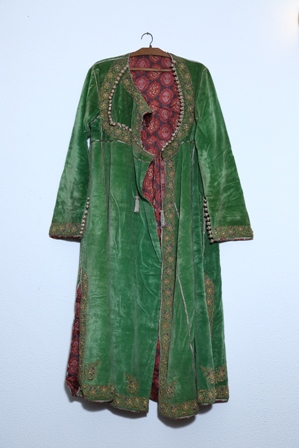
The expo inaugurated by Pritish Nandy on Sept 23 had the show’s curator Indrani Majumdar mentioning the film’s opening sequence where two hands appear in woven silk sleeves and ornate rings before zooming on the chess-playing Nawabs, Mir Roshan Ali and Mirza Sajjad Ali.
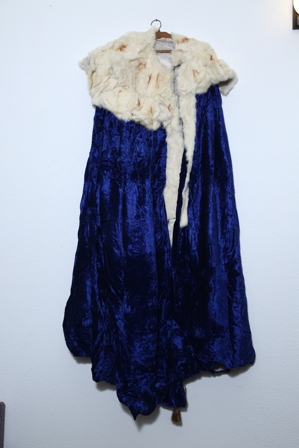
The movie made by Ray based on Premchand story of that name captured the last days of beleaguered poet-king Wajid Ali Shah on the throne of Awadh. The film shows magnificent costumes worn by the indolent royals and supplements the film’s narrative amazingly capturing the grandeur and lavish decor of erstwhile royal courts.
For the movie’s research on the 18th-century story, Ray drew heavily from the English translation of Abdul Halim Sharar’s “Lucknow, The Last Phase of an Eastern Culture.” Ray was ably assisted in the costume selection by Shama Zaidi, who transliterated Ray’s English script along with Javed Siddiqui.
The movie’s research also dug into the resources of the Nizam’s Salar Jung Museum, Falaknuma Palace in Hyderabad and City Palace Museum of Jaipur.
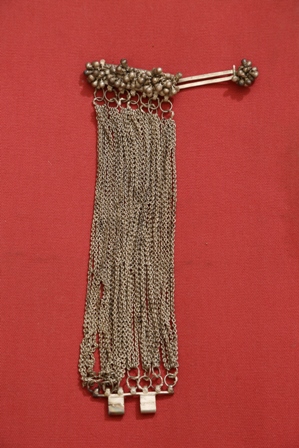
Other sources tapped were archival images at the Bourne & Shepherd photographic studio in Calcutta and the oil painting of Wajid Ali Shah preserved at the Victoria Memorial. The King’s physical appearance in the movie was modelled on the details from the portrait at Victoria Memorial.
There were also sketches made for the dresses and their fabric swatches. Manju Saraogi’s jewellery sketches were notable. The exhibition also had the shining crown worn by the king of Awadh, central to the story. The expo also showed exhibits of many letters exchanged between Ray and producer Suresh Jindal.



